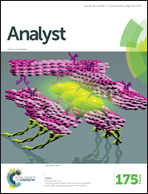We are delighted to announce the Analytical Science Twitter Poster Conference (#RSCAnalyticalPoster) will be happening March 17th to March 18th!
The Royal Society of Chemistry Analytical Science Twitter Poster Conference is an online event being held entirely over Twitter to bring members of the scientific research community together to share their research, network and engage in scientific debate.
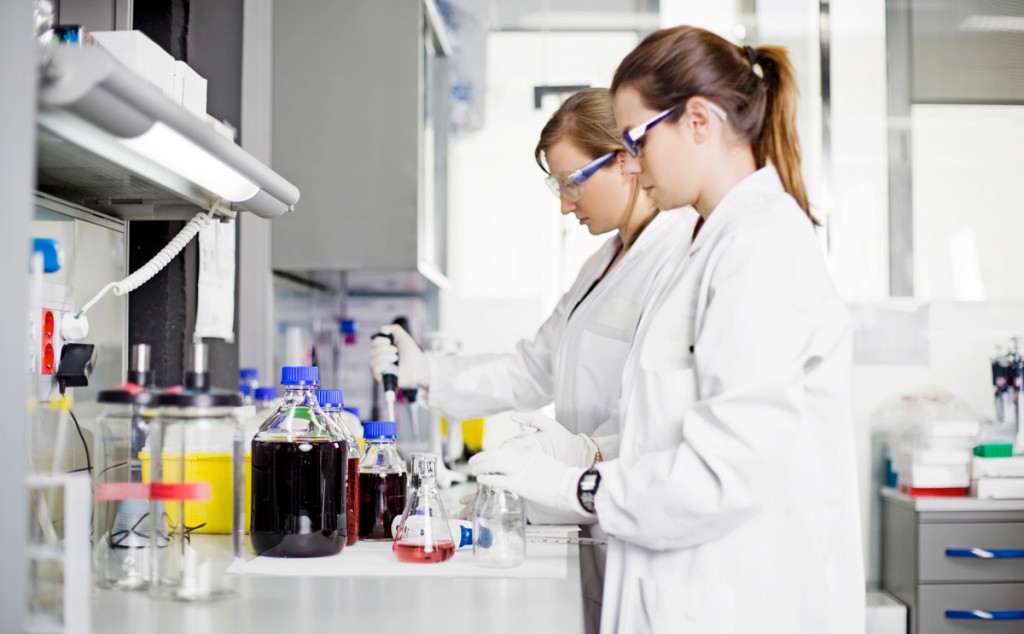
© iStock
How do I take part?
During the event simply tweet an image (e.g. JPEG) which will be a digital poster summarising your research along with #RSCAnalyticalPoster and the title of your work. Throughout the day you can then answer any questions posed to you by other people on Twitter and ask questions about other posters. Make sure you follow #RSCAnalyticalPoster throughout the day as the conference progresses.
When is it?
Posters tweeted with #RSCAnalyticalPoster between 9am GMT March 17th and 9am GMT March 18th will be eligible to win prizes. Make sure you ask and answer lots of questions to ensure your work is well understood!
Is my research area suitable?
The conference is open to anyone working in any area of science whose research topic is in the scope of Analyst, Analytical Methods or JAAS. If you’re unsure if your poster is suitable for the conference, just get in touch and we can advise.
What can I win?
The main aim of the event is to meet new scientists, share ideas and learn about the latest developments in different areas of analytical science. The scientific committee will also select posters which stimulate wide interest and feature innovative, high quality, exciting analytical research. Posters prizes will be awarded for content & accessibility, design and researcher interaction with the conference. There will also be an audience award for the most tweeted poster.
Who is organising the event and how do I find them?
At different points throughout the day members of the scientific committee will be logging in to Twitter and searching for #RSCAnalyticalPoster to ask questions about some of the posters. Make sure you check back in at different times to see if you have any new questions and also make sure you ask questions about other posters. Members of the scientific committee and their Twitter names are listed below and make sure you follow us @analystrsc @MethodsRSC and @JAASNews for the latest updates.
Chair and Organisers
Matt Baker, University of Strathclyde, UK @ChemistryBaker
Craig Banks, Manchester Metropolitan University @Act_mmu
Sam Illingworth, Manchester Metropolitan University @samillingworth
Ed Randviir, Manchester Metropolitan University, @RandviirScience
Royal Society of Chemistry- Analyst @analystrsc, Analytical Methods @MethodsRSC and JAAS @JAASNews
Scientific Committee
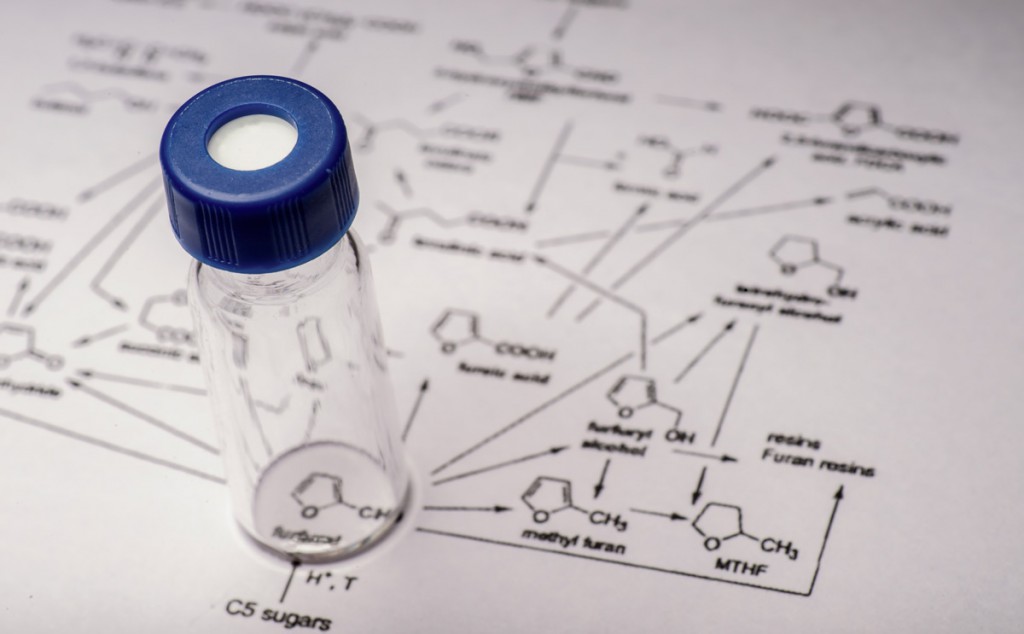
© iStock
Damien Arrigan, Curtin University @arri_aus
Perdita Barran, The Universityof Manchester @PerditaB
Raychelle Burks, Doane College @DrRubidium
Richard Dluhy, UAB College of Arts and Sciences @radluhy
Carsten Engelhard, Universität Siegen @EngelhrC
Karen Faulds, University of Strathclyde @FauldsKaren
Roy Goodacre, The University of Manchester @RoyGoodacre
Renee JiJi, University of Missouri @ReneeJiJi
Simon Lewis, Curtin University @SimonWLewis
Jean-Francois Masson, University of Montreal @Masson_chem
Martin Resano, University of Zaragoza @MartinResano
Nick Stone, University of Exeter @profnickstone
Renee Webster, Monash University @reneewebs
How do I register?
Pre-registration is not necessary; however we will need to verify who you are and where you do your research to be eligible for the prizes. We strongly recommend you do this before the event by emailing us at and letting us know:
• Your name, address and contact details
• The title or topic of your poster
• Your twitter ID
Register for #RSCAnalyticalPoster
We look forward to meeting you in March!
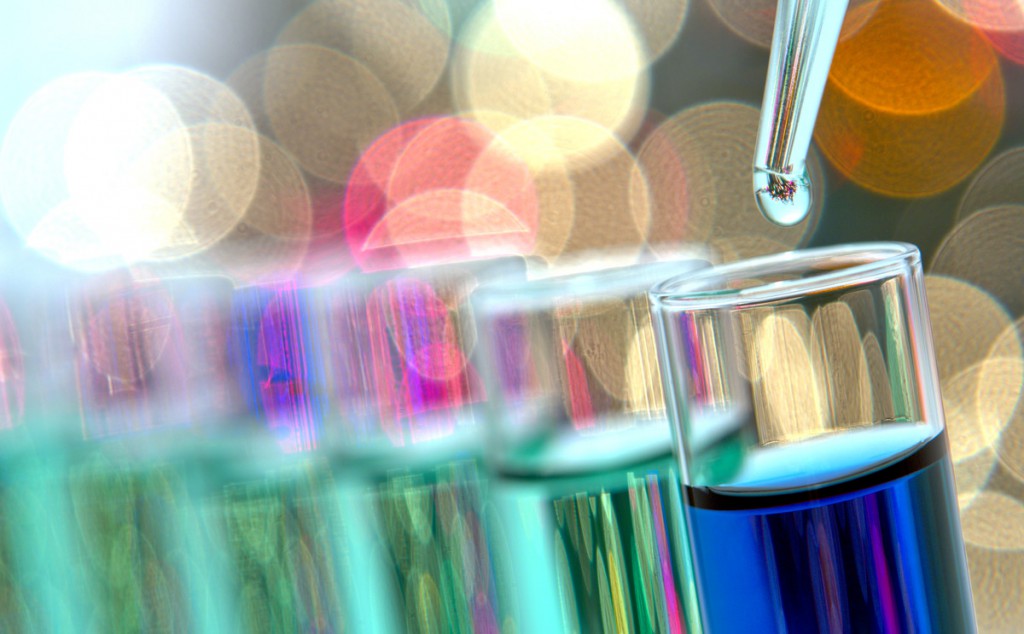
© Shutterstock
Frequently Asked Questions
Do I need to check the copyright and permissions needed for figures or any other parts of my poster which have already been published?
Yes. Copyright owners have the exclusive right to copy their work and to issue copies of their work to the public, and it is an infringement for anyone else to do so without the copyright owner’s permission. If you are reproducing material contained in a Royal Society of Chemistry publication (journal articles, book or book chapters) you may do so providing that you fully acknowledge the original Royal Society of Chemistry publication and include a link back to it. If you wish to include material that has been published by another publisher, you will need to check how the publisher/copyright owner of the third party material wishes to receive permission requests. Information on this can be found on our Permission Requests page under “Use of third party material in our publications”.
If I include unpublished work in my poster, will I still be able to publish this in a peer-reviewed journal afterwards?
Subject to the usual conditions outlined in the Licence to Publish, being a part of the Twitter conference will not prevent you using some of the information included in your poster as part of an article in a Royal Society of Chemistry journal. Please note this policy varies by publisher and if you intend to submit your research for publication elsewhere after the event, you should check the individual policy for that journal and publisher.
What size should my poster be?
You can choose any dimensions for your poster, the important thing is that the text and figures are clear for people to read and understand. Using Microsoft PowerPoint, we found a text size of between 12-16 were clear to read when saving an A4 slide as a JPEG and uploading to Twitter. Using an A0 template, the text needed to be between 50 and 60 to be legible. You can use any software you like to create your poster, as long as the image you upload is clear for others to read. We recommend testing your poster on Twitter before the conference to make sure you are happy with your image.
Comments Off on Analytical Science Twitter Poster Conference 2016
 Scientists in the UK are battling food fraud with a new quantitative method for detecting pork in beef mince using metabolic fingerprints.
Scientists in the UK are battling food fraud with a new quantitative method for detecting pork in beef mince using metabolic fingerprints.














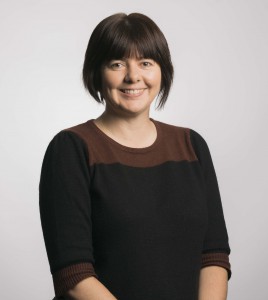
 A team of British and Australian scientists has
A team of British and Australian scientists has 
